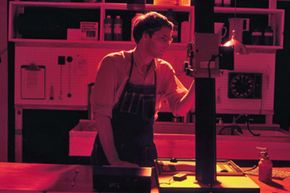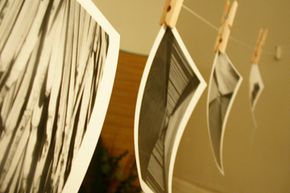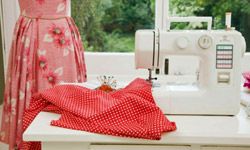Any creative soul who has ever watched the goings-on of a photography dark room has probably had a yen to develop some photos of her own. There's something very enticing about working in a quiet, dark room with only a dim red bulb to light the way. And in the movies, the cool photographer girl always has a cute guy seek her out while she's working.
The tools of the trade are also pretty cool: those trays full of liquids that take a moment in time and turn it into a permanent memory. But despite what they do in movies, color photo developing is way too complicated for even many experienced photographers to attempt on their own. Plus, it's kind of boring! Color photography can't even be exposed to the red light so everything happens in complete darkness, and then in a tube with the chemicals! However, you can fairly easily set up a black and white dark room in the comfort of your home. So, next time you get that late-night burst of creativity, you'll have the tools you need to fan the fire. Cute guy not included.
Advertisement




